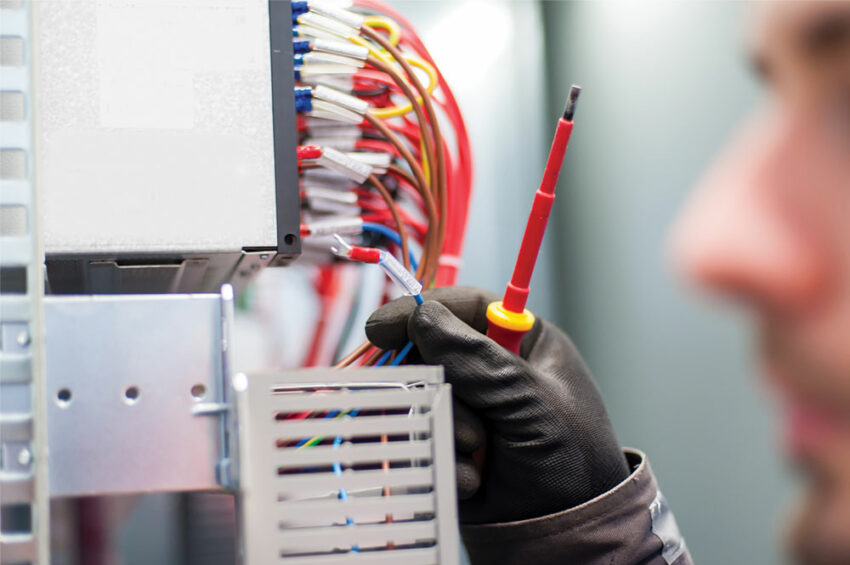
Multiple Myeloma, things to know

An electric cable consists of wires bundled together and covered in a sheathing to carry electricity. Several kinds of electrical cables are currently available in the market. Here, we look at some of these types to gain a better understanding of electric cables.
Underground feeder (UF) cables
In this type of cable, the wires are not wrapped individually but grouped together and embedded into a flexible material. These are some of the best electric cables to use outdoors as they are water-resistant. They can be used for lighting signboards and, as the name suggests, are usually buried in the ground.
Multi-conductor cables
Commonly chosen for electrical work at homes, multi-conductor or multicore cables consist of more than one individually insulated conductor. Plus, they also have another top layer of insulation for extra safety. Multi-conductor lines come in varieties such as the audio multicore cable or “snake cable.”
Armored cables
These cables come in steel or aluminum jackets and are incredibly durable. Hence, they are used in places where the risk of wires being damaged or pinched is high—for example, locations with rodents or the risk of fire or explosion.
Nonmetallic sheathed cable
Also referred to as NM cables, these have two to four wires and one bare wire for grounding. They are grouped and wrapped in a flexible plastic cover. These are one of the best electric cables used in indoor residential areas, but certain versions can also be employed underground or outdoors.
Direct-buried cables (DBCs)
These cables come in two kinds: bundled fiber-optic cables and specially-designed coaxial cables. DBCs can be buried underground without any insulation, sheathing, or piping. They consist of heavy rubber coverings, water-resistant wrapped thread-fortified tape, several layers of branded metal sheathing, and shock-absorbing gels. DBCs are the ideal choice for any transmission and communication work, as they can tolerate environmental factors like temperature changes and moisture.
Coaxial cable
This cable is generally used in data wiring; however, it has recently lost its popularity due to the introduction of HDMI wiring suited to transmit television data. The coaxial cable consists of an inner conductor covered by a round jacket. Since the line only carries a small amount of voltage, it is a safe choice for homes.
These were some of the common types of cables used for carrying electricity. They differ based on their insulation, functions, sizes, capacity, and durability and are, hence, used for different purposes.